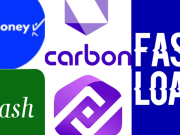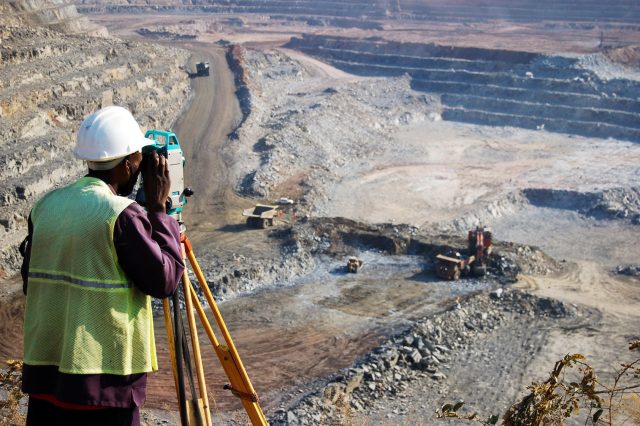Critical minerals Africa production is surging in 2025, with the Democratic Republic of Congo and Zimbabwe emerging as global linchpins in the race for cobalt, lithium, and graphite—triggering a new wave of strategic investment, local content mandates, and geopolitical competition.
As the global clean energy transition accelerates, Central and Southern Africa have become the epicenter of a 21st-century resource race. By October 2025, the Democratic Republic of Congo (DRC) and Zimbabwe together supply over 70% of the world’s cobalt and nearly 30% of newly mined lithium—making them indispensable to electric vehicle and battery supply chains.
DRC Enforces Local Processing, Attracts Strategic Partners
The DRC produced approximately 182,000 metric tons of cobalt in the first nine months of 2025—up 12% year-on-year—and accounts for 73% of global output, according to the U.S. Geological Survey and DRC Ministry of Mines data.
Since July 1, 2025, the DRC has enforced Law No. 24/028, requiring all cobalt to be at least partially refined (e.g., into hydroxide or sulfate) before export.
This policy has driven downstream investment:
- China’s CMOC Group began commercial operations at its $650 million cobalt sulfate plant in Kolwezi in May 2025.
- A European consortium led by BASF and Umicore launched a pilot cathode precursor facility in Lubumbashi in August 2025, backed by the European Raw Materials Alliance.
- In July 2025, the U.S. and DRC signed a Critical Minerals Partnership MoU, enabling a U.S.-based cobalt sulfate refinery—a joint venture involving Ford Motor Company, Energy Fuels Inc., and DRC’s state miner Gécamines—to process DRC-sourced material on American soil.
Zimbabwe Bans Raw Lithium Exports, Builds Refining Capacity
Zimbabwe’s lithium sector has exploded, with spodumene concentrate output reaching an estimated 42,000 tons in Q3 2025, bringing its year-to-date total to over 170,000 tons—making it Africa’s top lithium producer.
Since January 2025, Zimbabwe has banned raw lithium exports under Statutory Instrument 247 of 2024, requiring all material to be processed domestically into at least 5% Li₂O concentrate.
Key developments include:
- Sinomine Resource Group (China) commissioned Africa’s largest 50,000-ton-per-year lithium hydroxide plant in Arcadia (near Harare) in August 2025.
- Zhejiang Huayou Cobalt partnered with Zimbabwe’s Sovereign Wealth Fund to build a $400 million integrated mine-to-cathode complex at Arcadia.
- The U.S. International Development Finance Corporation (DFC) approved a $200 million loan in September 2025 for the Bikita lithium expansion—a non-Chinese project led by Australia’s Prospect Resources and Zimbabwean state partners.
Geopolitical Competition Intensifies
The scramble is reshaping global alliances:
- The EU’s Critical Raw Materials Club now includes the DRC and Zambia, offering preferential trade access for ESG-compliant supply chains.
- The U.S. Defense Production Act now classifies DRC-sourced cobalt as “strategically secure,” enabling tariff-free entry for allied refiners.
- Despite Western efforts, China still controls over 80% of Africa’s cobalt refining capacity, prompting urgent “friend-shoring” initiatives.
Local Impact: Jobs, Environment, and Sovereignty
The boom has created over 45,000 direct jobs in mining and processing (AfDB, September 2025). Yet challenges persist:
- Artisanal miners in DRC’s Lualaba province report displacement without adequate compensation.
- Water stress is rising in Zimbabwe’s Masvingo region due to brine-intensive lithium extraction.
- Both governments are drafting sovereign mineral funds—modeled on Botswana’s diamond success—to ensure long-term national benefit.
Critical minerals Africa production is no longer just about extraction—it’s about industrial policy, value addition, and who captures the green energy future. The continent holds the raw materials; the world is racing to shape what comes next.
Follow us on Instagram.
https://www.instagram.com/businessnewsng?igsh=ZXpweTdjOGF1ZXdu

























